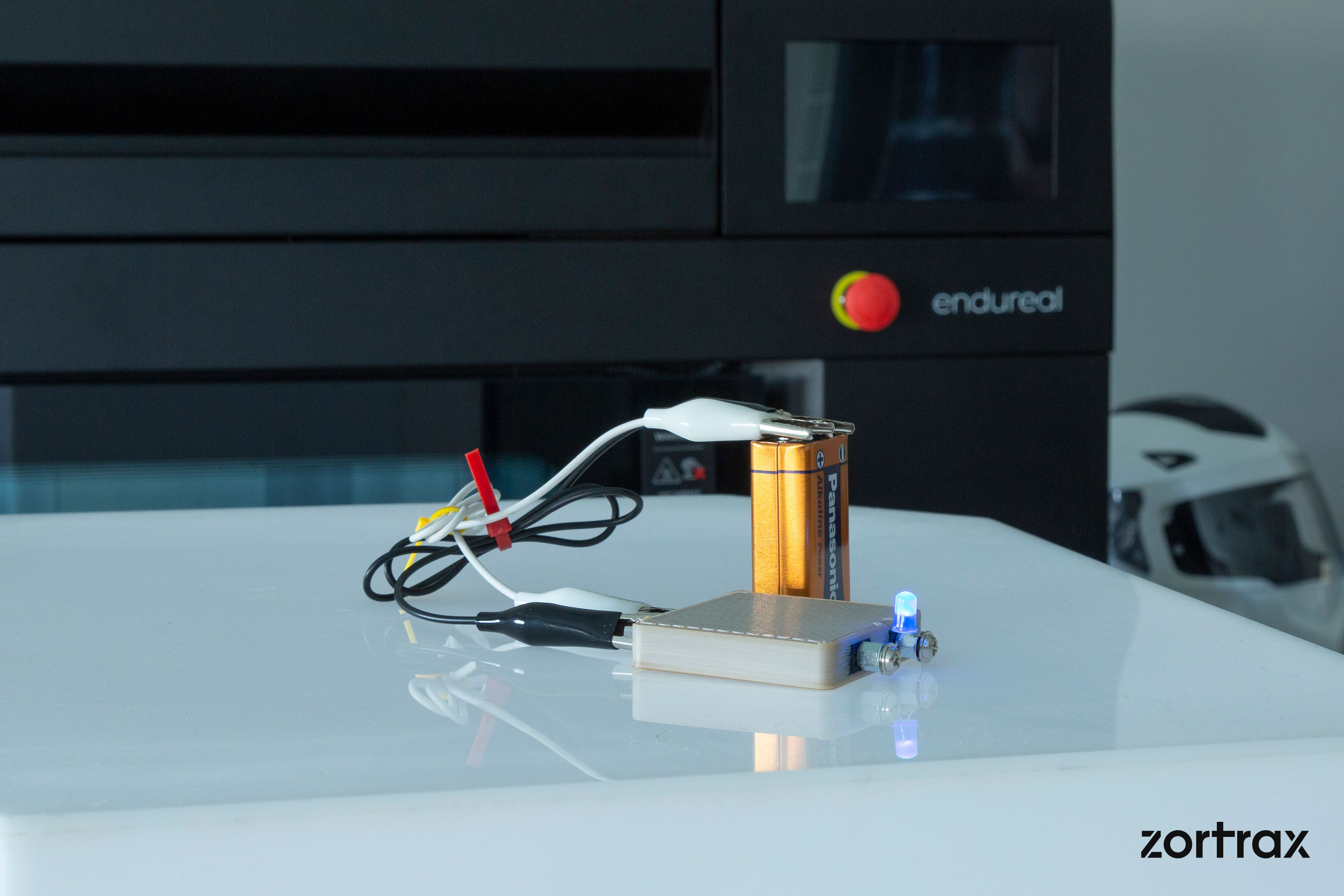
Additive manufacturing (AM) company Zortrax and the European Space Agency (ESA) are reportedly develop a technology to 3D print composite parts out of two blends of polyether ether ketone (PEEK) filament in dual extrusion.
According to the company, the first prototype composite parts made out of standard PEEK and experimental electrically conductive PEEK developed by ESA have been successfully fabricated on Zortrax’s Endureal industrial 3D printer.
The company’s layer plastic deposition (LPD) Plus dual extrusion technology is generally used to print support structures out of different material than the model itself. However, across the aerospace sector, there is an increasing demand for high end composite parts 3D printed out of two polymers, Zortrax said.
‘Reducing weight is always one of the key design goals in aerospace engineering and it can be done by building parts which serve multiple purposes at once,’ said Michal Siemaszko, head of research and development. ‘In a standard airplane or spacecraft, you need to include both structural elements and wiring responsible for transferring energy or data between various systems. That is what we aim to solve with 3D printing PEEK components with electrically conductive paths. This way, the structural parts can at the same time perform electricity or data transfer functions without weight penalty incurred for additional wires.’
This story uses material from Zortrax, with editorial changes made by Materials Today. The views expressed in this article do not necessarily represent those of Elsevier.






